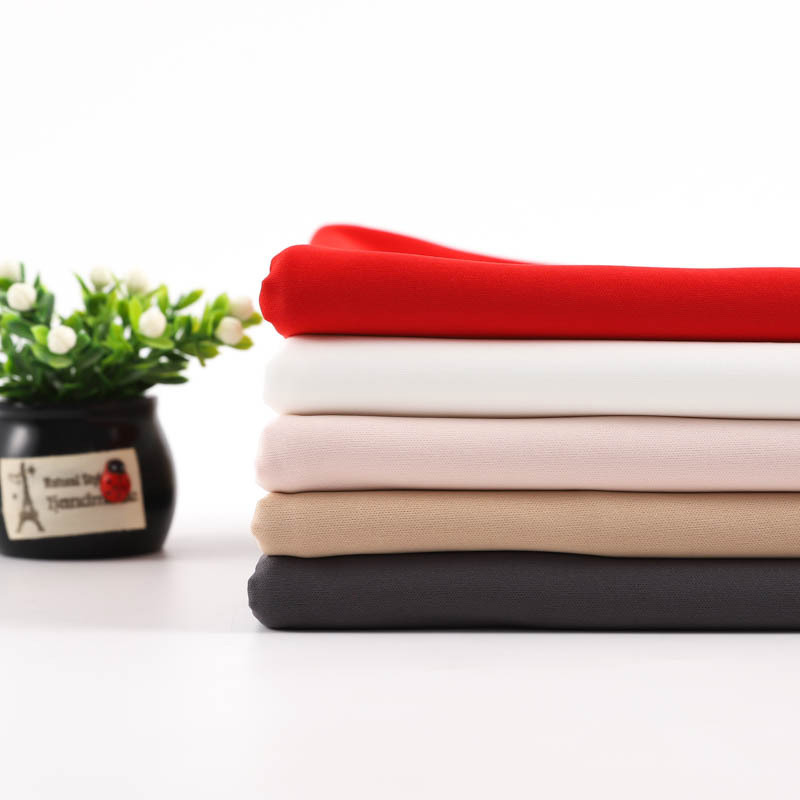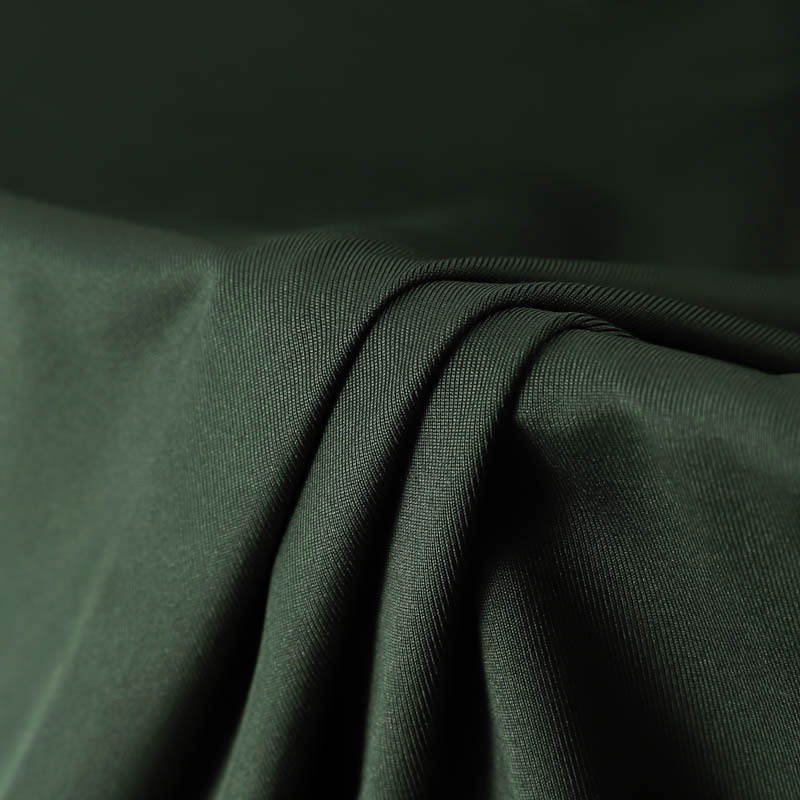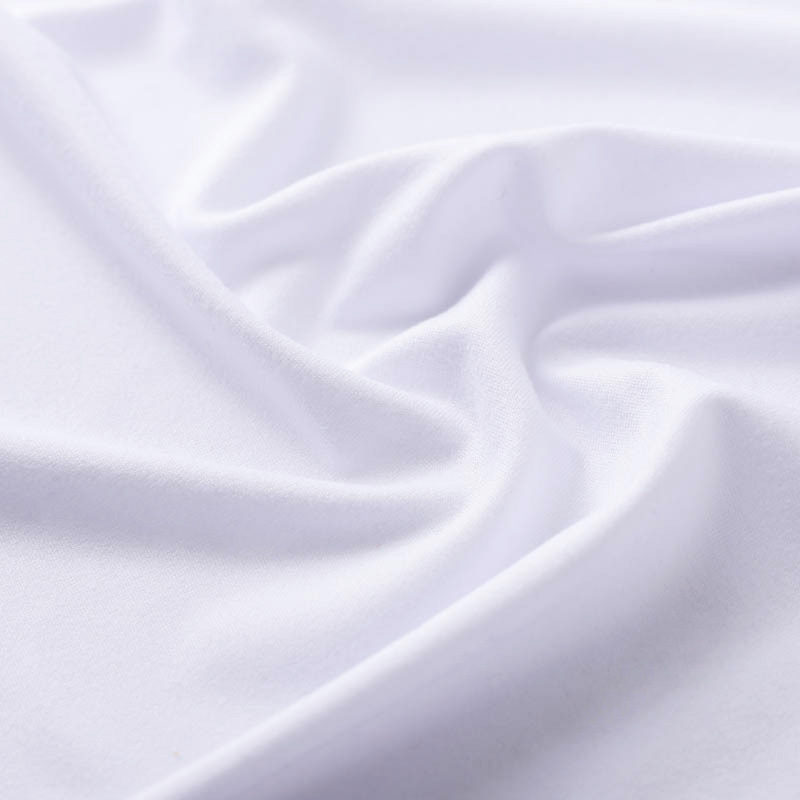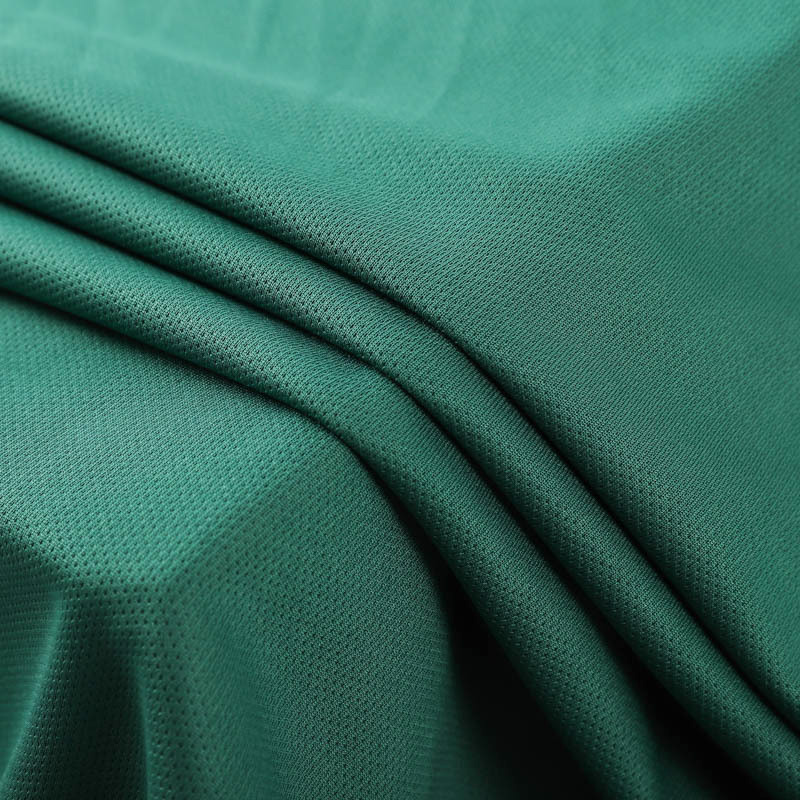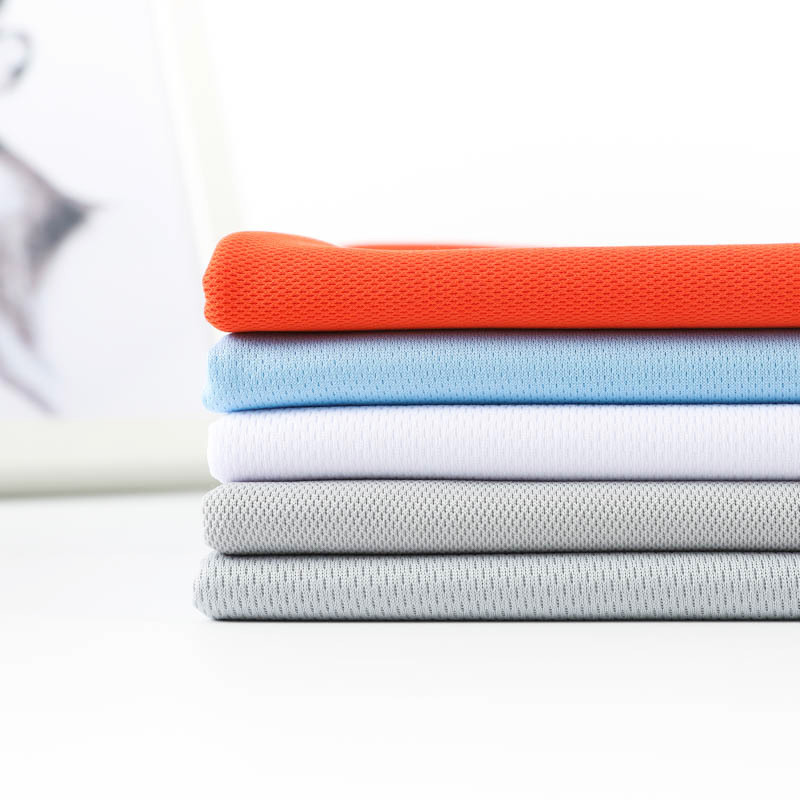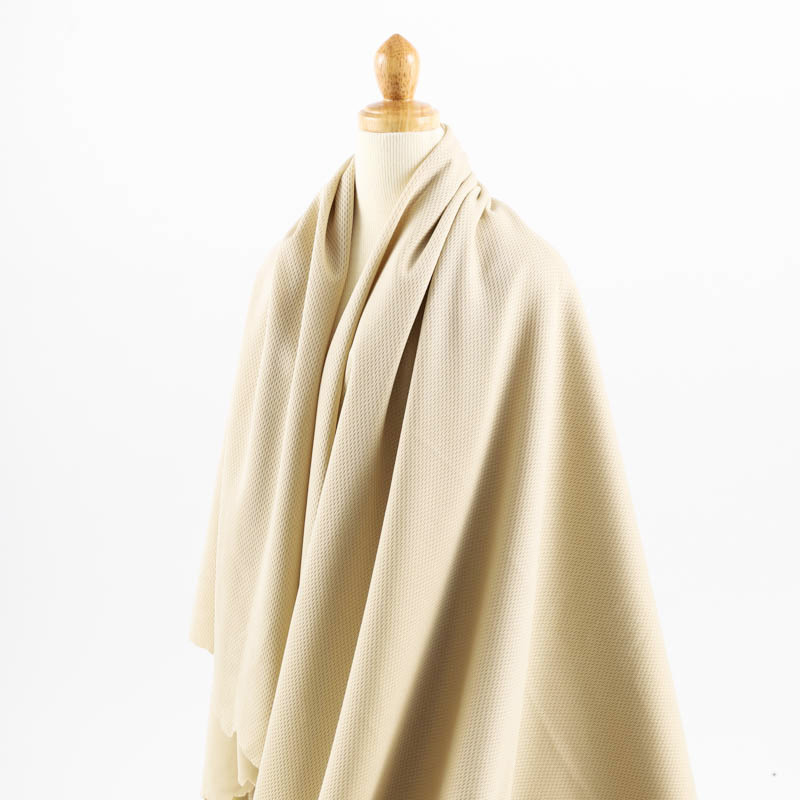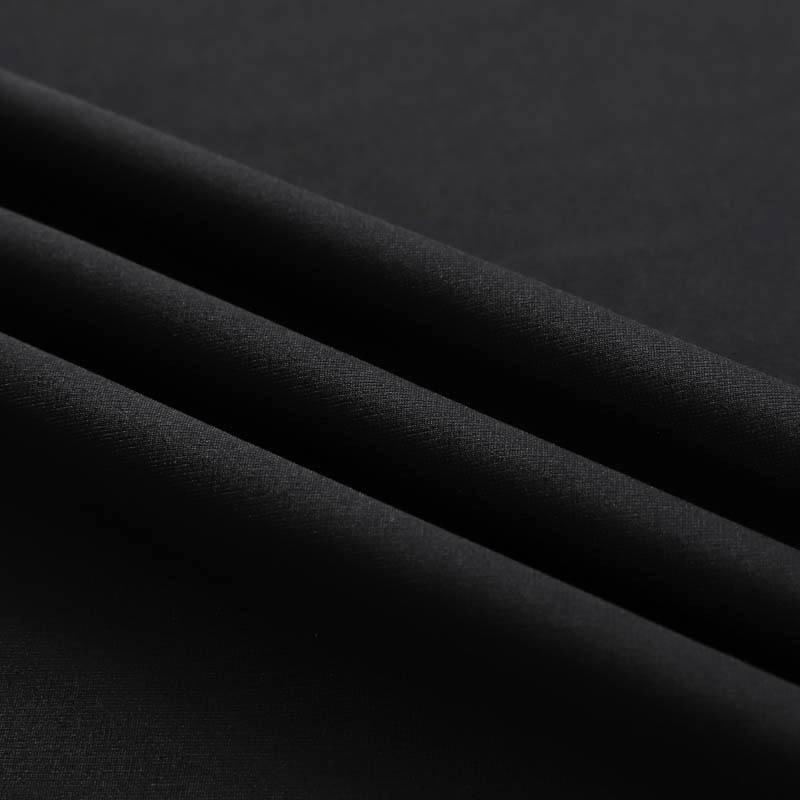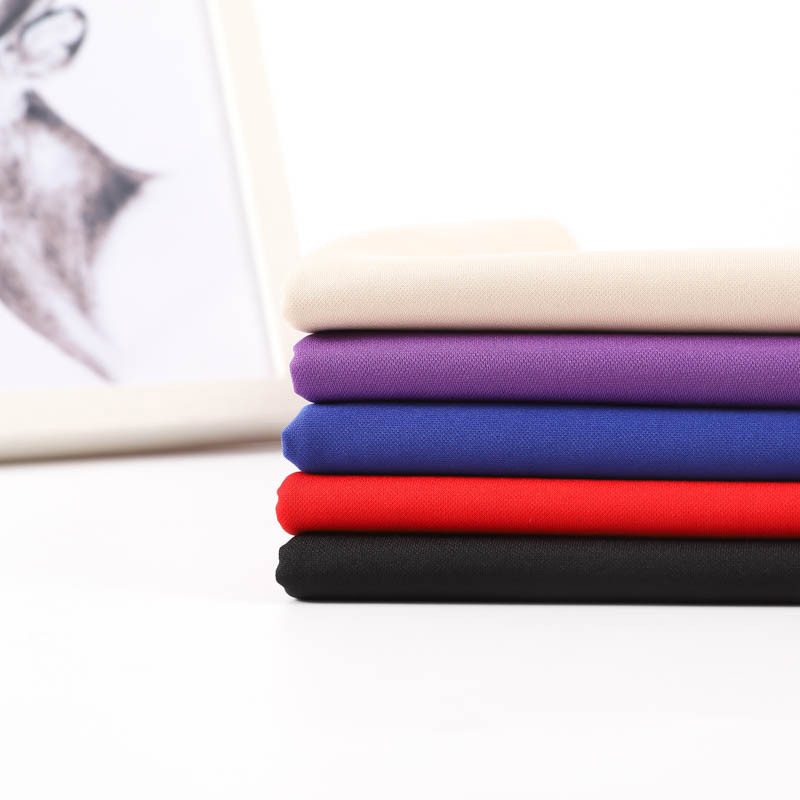In modern sports and outdoor activities, the choice of sports equipment is directly related to the performance of sports, and the choice of outdoor sports fabric is particularly important. The right fabric can not only improve the comfort of athletes, but also enhance sports performance, and prevent the influence of inappropriate fabric on body temperature regulation, comfort and sports efficiency. Therefore, how to choose the right outdoor sports fabric, especially in different sports, has become the focus of athletes and sports enthusiasts.
Basic functions and importance of outdoor sports fabric
When choosing outdoor sports fabric, it is crucial to understand its basic functions. The design of outdoor sports fabric is not only to pursue the fashion of appearance, but more importantly to improve sports performance and comfort. Regardless of the sport, the basic functions of fabrics include moisture absorption and perspiration, breathability, windproof and waterproof, durability, antibacterial and deodorization. The combination of all these functions determines whether the fabric can meet the needs of comfort and performance during exercise.
Moisture absorption and perspiration: keep dry and avoid discomfort caused by moisture
During exercise, the human body will sweat naturally. The sweat retained on the skin surface not only makes people uncomfortable, but also may affect body temperature regulation. Fabrics with good moisture absorption and perspiration function can quickly absorb sweat from the skin surface and discharge moisture by evaporation or diffusion to keep the skin dry.
Breathability: promote air circulation and prevent stuffiness
Good breathability can help the fabric dissipate heat and prevent sweat from being retained in the fabric. Fabrics with strong breathability can maintain a suitable temperature and avoid affecting sports performance due to overheating or overcooling.
Windproof and waterproof: adapt to extreme weather and protect the body
For outdoor sports, such as mountaineering and skiing, windproof and waterproof functions are particularly important. Windproof fabrics can reduce the invasion of cold air, and waterproof fabrics can block rain penetration to maintain the comfort of athletes.
Durability: cope with high-intensity use and increase the service life of equipment
Sports equipment needs to withstand strong friction, and durable fabrics can extend the service life of equipment and reduce damage.
Antibacterial and deodorant: keep fresh and avoid odor
During exercise, sweat and moisture will promote bacterial growth, especially after high-intensity training, odor is a common problem. Antibacterial and deodorant fabrics can reduce bacterial growth, keep fresh, and avoid discomfort caused by odor.
How to choose the right fabric for different sports
Different types of sports have different requirements for fabrics. Therefore, when choosing the right outdoor sports fabric, factors such as the characteristics, intensity, and environment of the sport must be considered.
Running: Breathability and comfort are crucial
As one of the most common aerobic exercises, athletes sweat a lot during running, especially during long periods of running. To this end, runners need to choose fabrics with excellent breathability and moisture absorption and perspiration wicking functions so that they can quickly remove sweat and stay dry and comfortable.
Fabric selection suggestions: Synthetic fibers such as polyester and nylon have good moisture absorption and perspiration functions, which can quickly remove sweat from the skin surface and keep it dry. Fabrics with strong breathability, such as polyester and spandex blended fabrics, can provide a more comfortable running experience.
Cycling: Windproof performance and comfort are equally important
Cycling is a sport that needs to deal with wind speed and cold weather. Therefore, windproofness is an important consideration when choosing fabrics for cycling clothing. In addition, long-term cycling also requires fabrics with strong breathability and comfort to ensure that athletes can maintain body temperature while avoiding discomfort caused by sweat retention.
Fabric selection suggestions: Spandex and polyester blended fabrics provide good elasticity, comfort, and have appropriate windproof effects. In particular, fabrics containing windproof membranes, such as Windstopper, can effectively reduce the impact of wind speed on cyclists.
Mountaineering and outdoor sports: waterproof, windproof and durability
Outdoor sports such as mountaineering, skiing and hiking usually require facing relatively harsh weather conditions. Athletes have to deal with not only wind and rain, but also low temperatures and humid environments. Therefore, windproof and waterproof functions and fabric durability are the primary selection criteria for outdoor sportswear.
Fabric selection suggestions: Gore-Tex fabric is a waterproof and breathable material that can effectively resist the invasion of wind and rain while maintaining high breathability, suitable for extreme weather conditions. Mountaineering also requires the selection of fabrics with tear resistance and wear resistance to ensure service life in environments such as rocks and woods.
High-intensity training: antibacterial, anti-odor and comfort
High-intensity training (such as HIIT, CrossFit, etc.) is usually accompanied by a lot of sweat, and the training intensity is high and the duration is long, so higher requirements are placed on fabrics, especially antibacterial and anti-odor functions.
Fabric selection suggestions: Polyester and fabrics containing silver ion antibacterial technology can effectively inhibit bacterial growth and reduce odor caused by sweat accumulation during exercise. The use of spandex materials with good elasticity can ensure that athletes are not restrained during high-intensity training and improve their athletic performance.
Swimming: Chlorine resistance and durability
Swimming is an aquatic sport, and the main challenges are chlorine in the water and high-intensity stretching exercises. Therefore, swimming fabrics need to have chlorine resistance and high durability.
Fabric selection suggestions: Fabrics such as polyester and nylon have good chlorine resistance and strong elasticity, which can support high-intensity stretching exercises and ensure that they will not deform after long-term use.



 English
English  中文简体
中文简体 